Crew 207 Operations Report 23 Mar 2019
SOL: 7
Name of person filing report: Tom Baldwin
Non-nominal systems: Generator: Radiator hoses and alternator need replacement on the generator. A contractor has been arranged to make these repairs within a few days.
Generator:
Generator (hours run): (TBD, attempted contact with Dave.) hours
Generator was turned off at (TBD, attempted contact with Dave), SOC (TBD) %
Diesel Reading – 50 %
Propane Reading – 62 %
Ethanol Free Gasoline – 2 gallons.
Water (auxiliary tank) – Not in use
Water (static tank) – 160 gallons
Auxiliary to Static tank transfer– Not applicable
Gallons transferred: Not Applicable
Water in Green Hab – 148 gallons
Water (loft) – Static to Loft Pump used – yes
Water Meter: 142050.1 gallons
Toilet tank emptied: No
Deimos rover used: No, not functional
Hours: N/A
Beginning charge: N/A
Ending charge: N/A
Currently charging: N/A
Sojourner rover used: ASSIGNED TO DIRECTOR
Hours: Not applicable
Beginning charge: Not applicable
Ending charge: Not applicable
Currently charging: Not applicable
Spirit rover used: Not used
Hours: 85.1 hours
Beginning charge: 100 %
Ending charge: 100 %
Currently charging: Yes
Opportunity rover used: Not used
Hours:54.9hours
Beginning charge: 100 %
Ending charge: 95 %
Currently charging: Yes (now 100%)
Curiosity rover used: Used
Hours: 84.7 hours
Beginning charge: 100 %
Ending charge: 97 %
Currently charging: Yes (now 100%)
Notes on rovers: not used
ATV’s Used: (Honda, 300, 350.1, 350.2, 350.3): N/A
Reason for use: Not used
Oil Added?: N/A
ATV Fuel Used: N7A
# Hours the ATVs were Used today: None
Notes on ATVs: None
HabCar: None.
CrewCar used and why, where? David reports that Crew Car is back in Grand Junction.
General notes and comments: Nothing to report
Summary of internet: Nothing to report
Summary of suits and radios: EVA suits normal, with all batteries greater than 13 volts, (including the three used for EVAs today).
Summary of Hab operations: Checked SOC of the electrical system.
08:00 79%, generator on, fault light on. Reported to David.
12:04 92%, generator off, fault light off.
16:00 74% generator off, fault light off. Reported to David.
Summary of Green Hab operations: Nothing to report
Summary of ScienceDome operations: Nothing to report
Summary of RAM operations: Nothing to report
Summary of any observatory issues: Nothing to report
Questions, concerns and requests to Mission Support: None


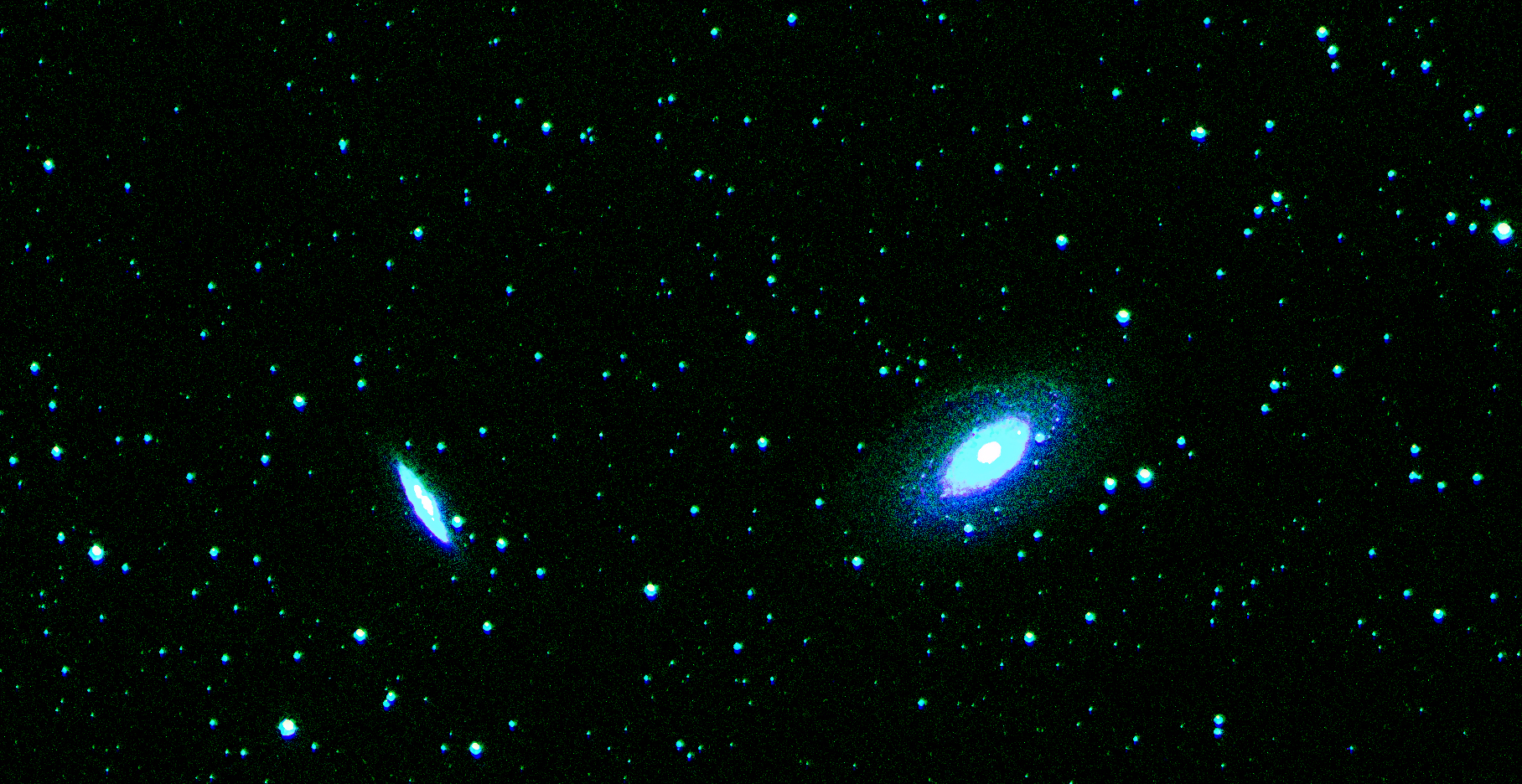


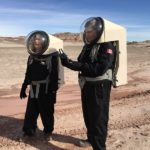
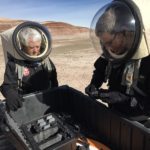
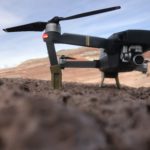
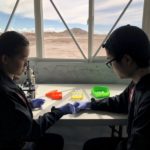
You must be logged in to post a comment.